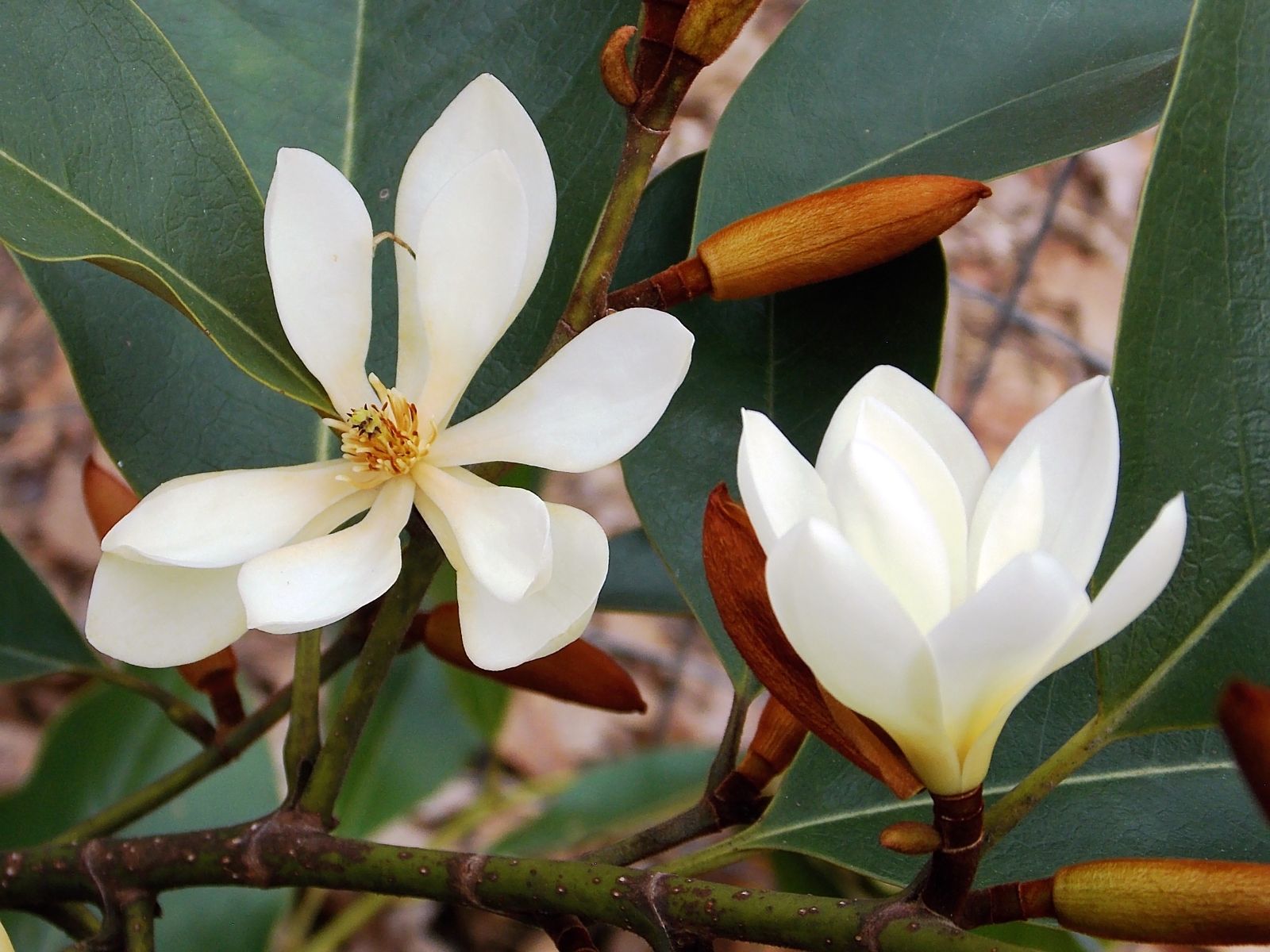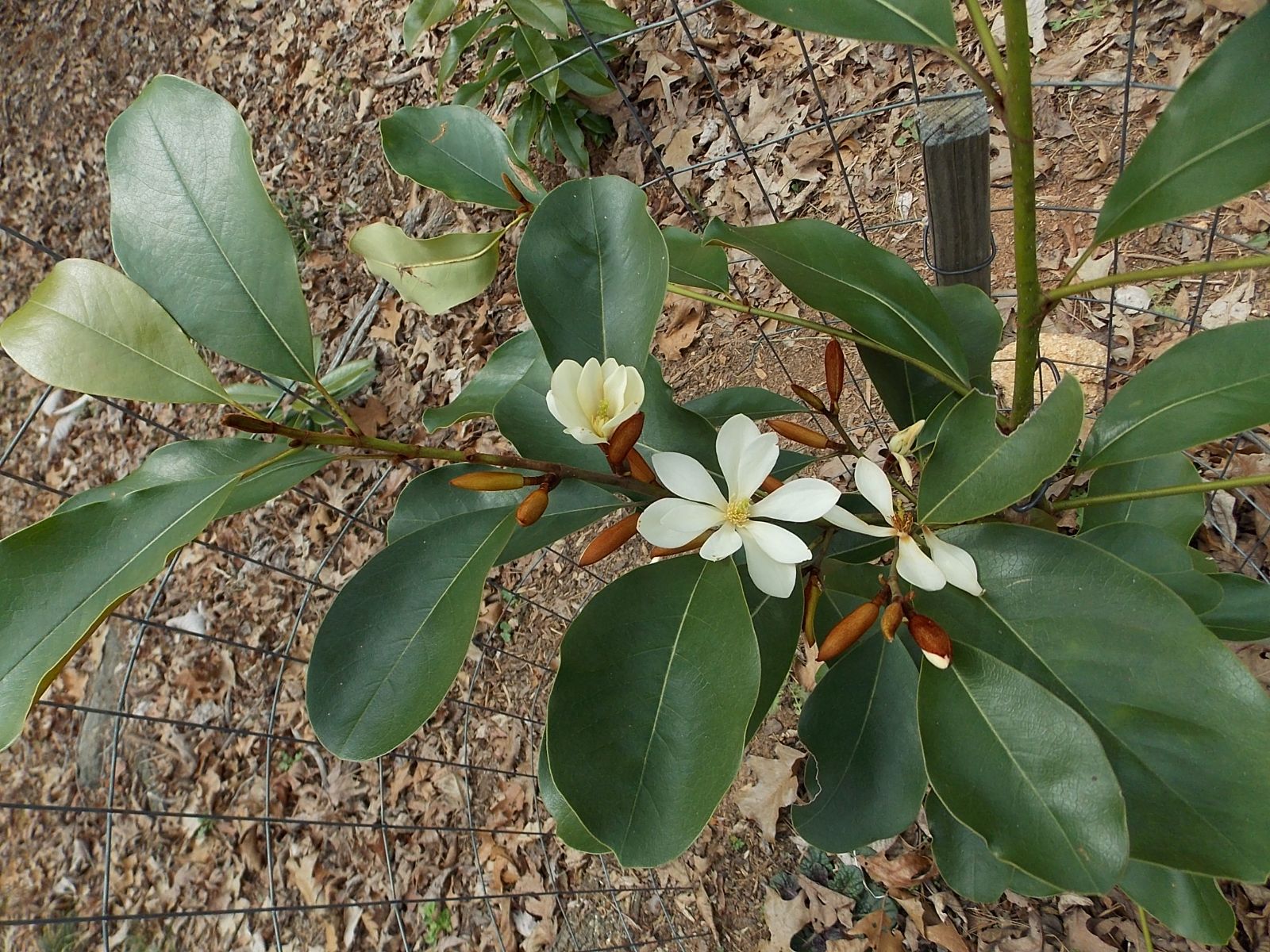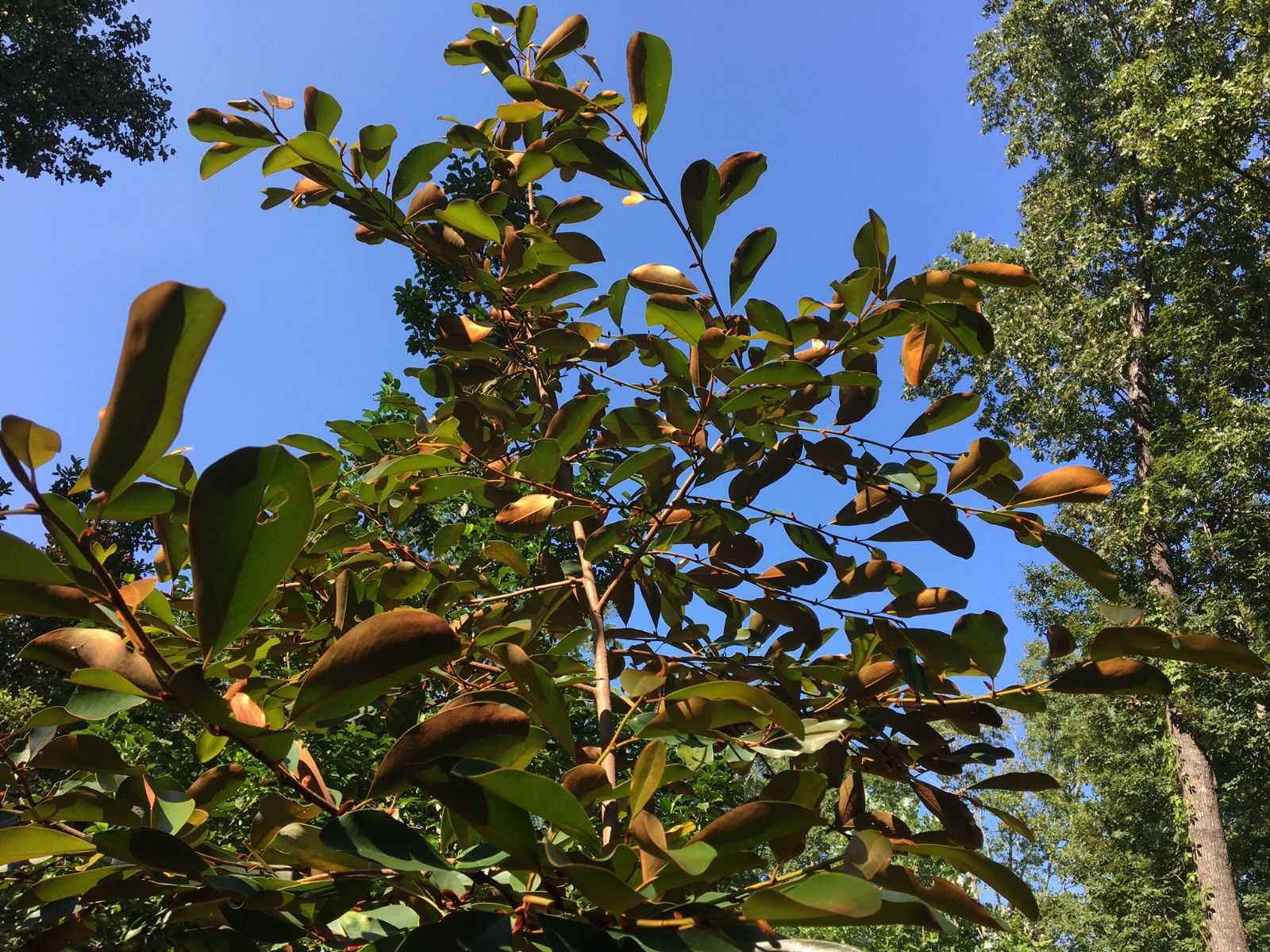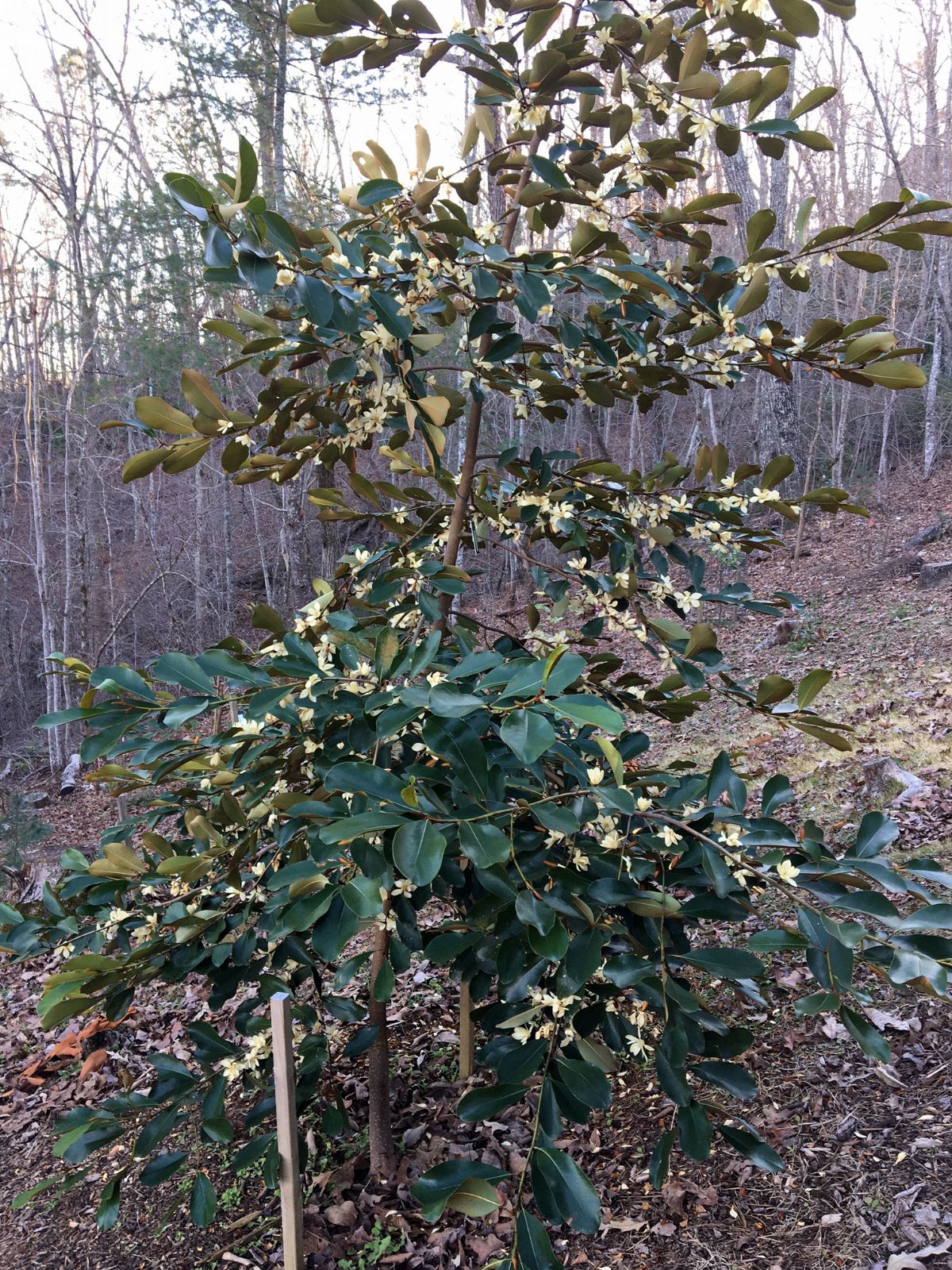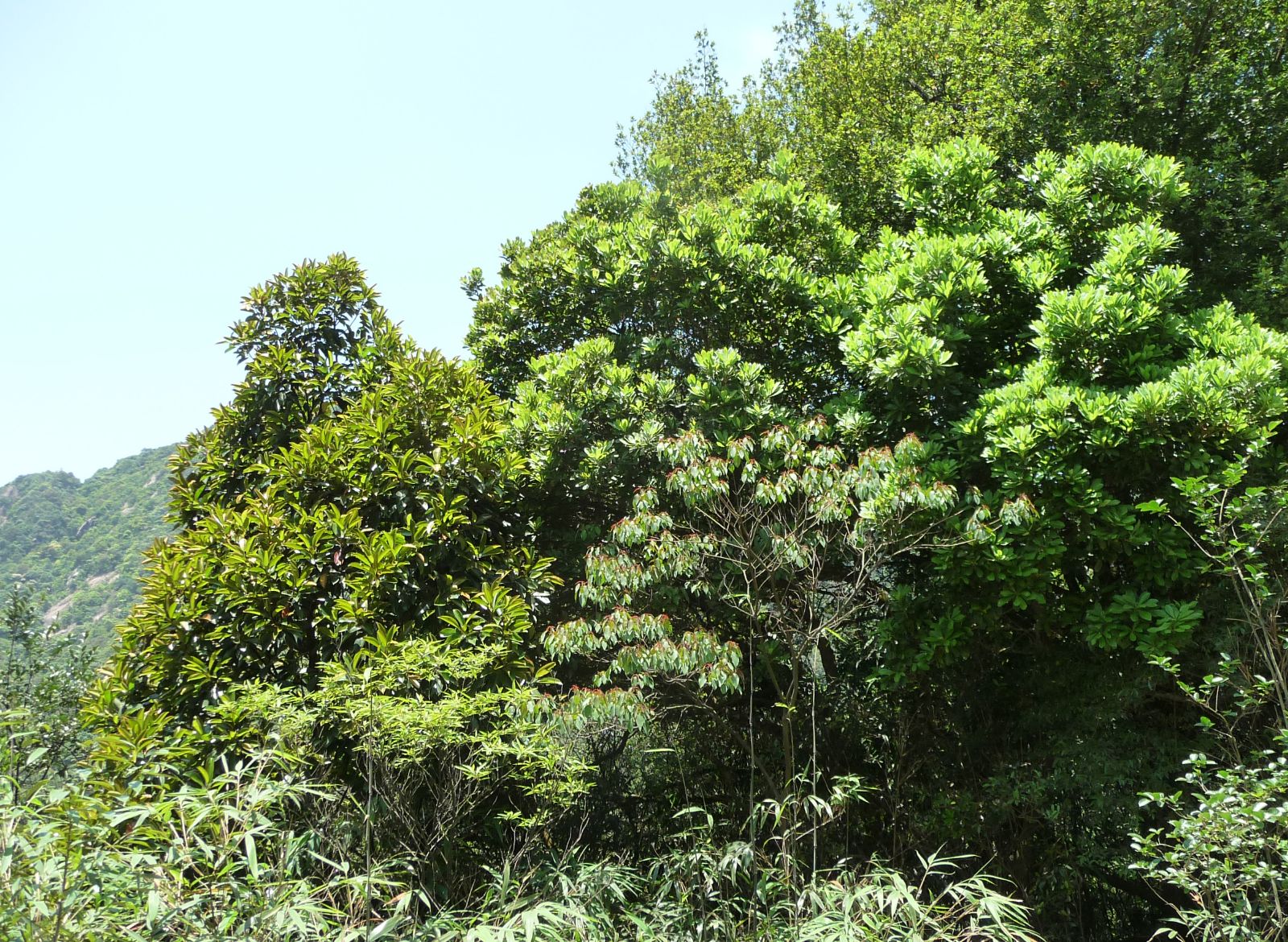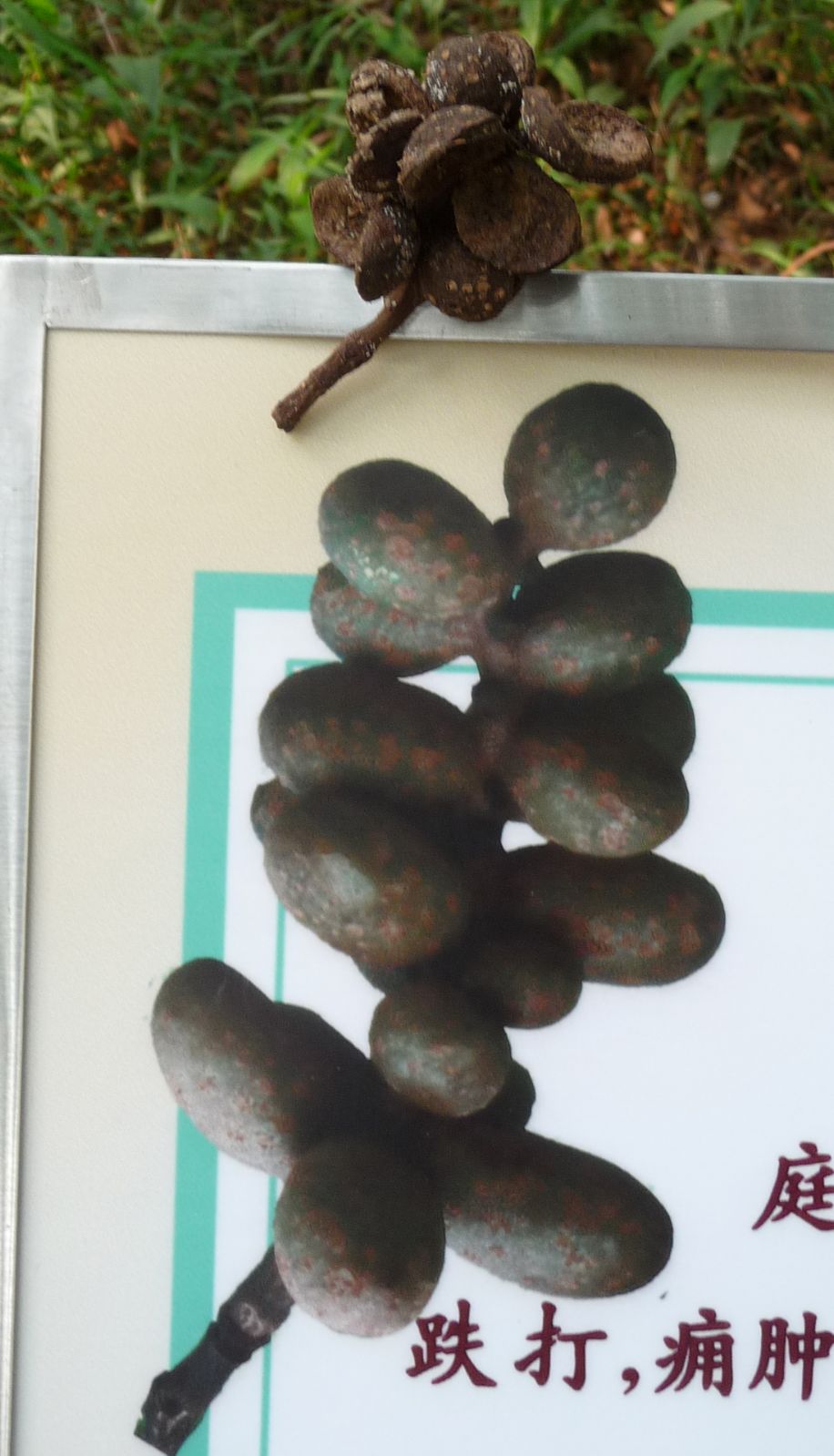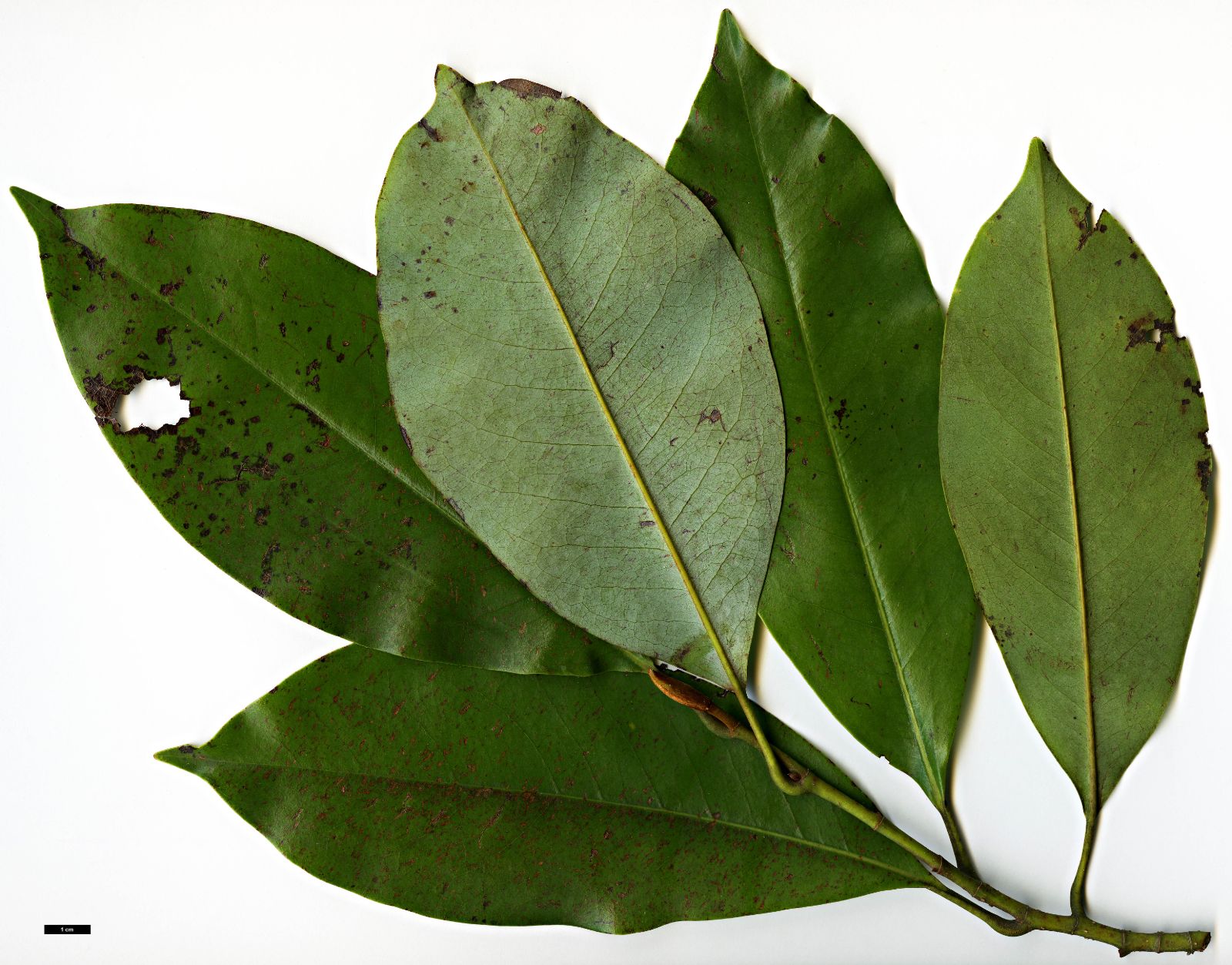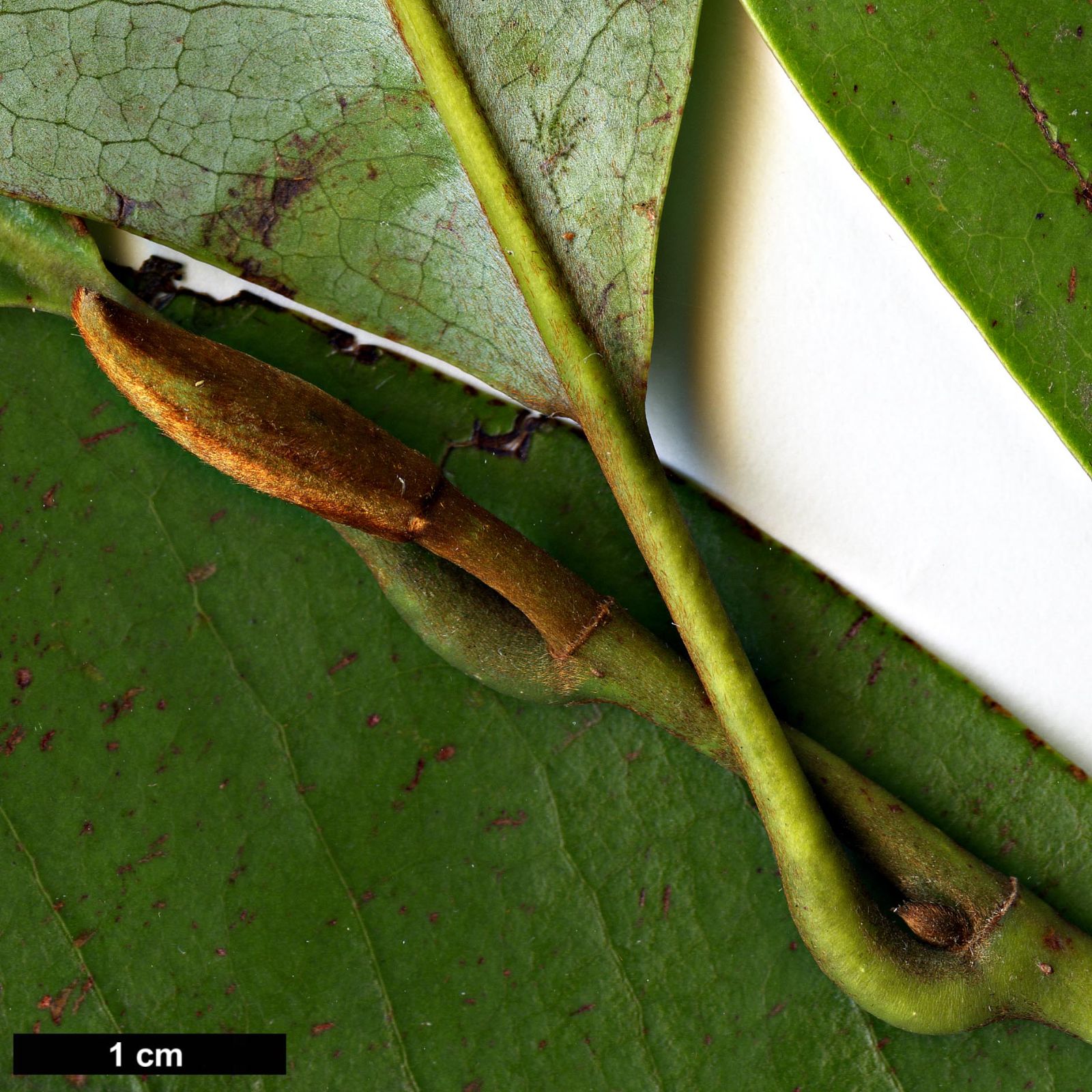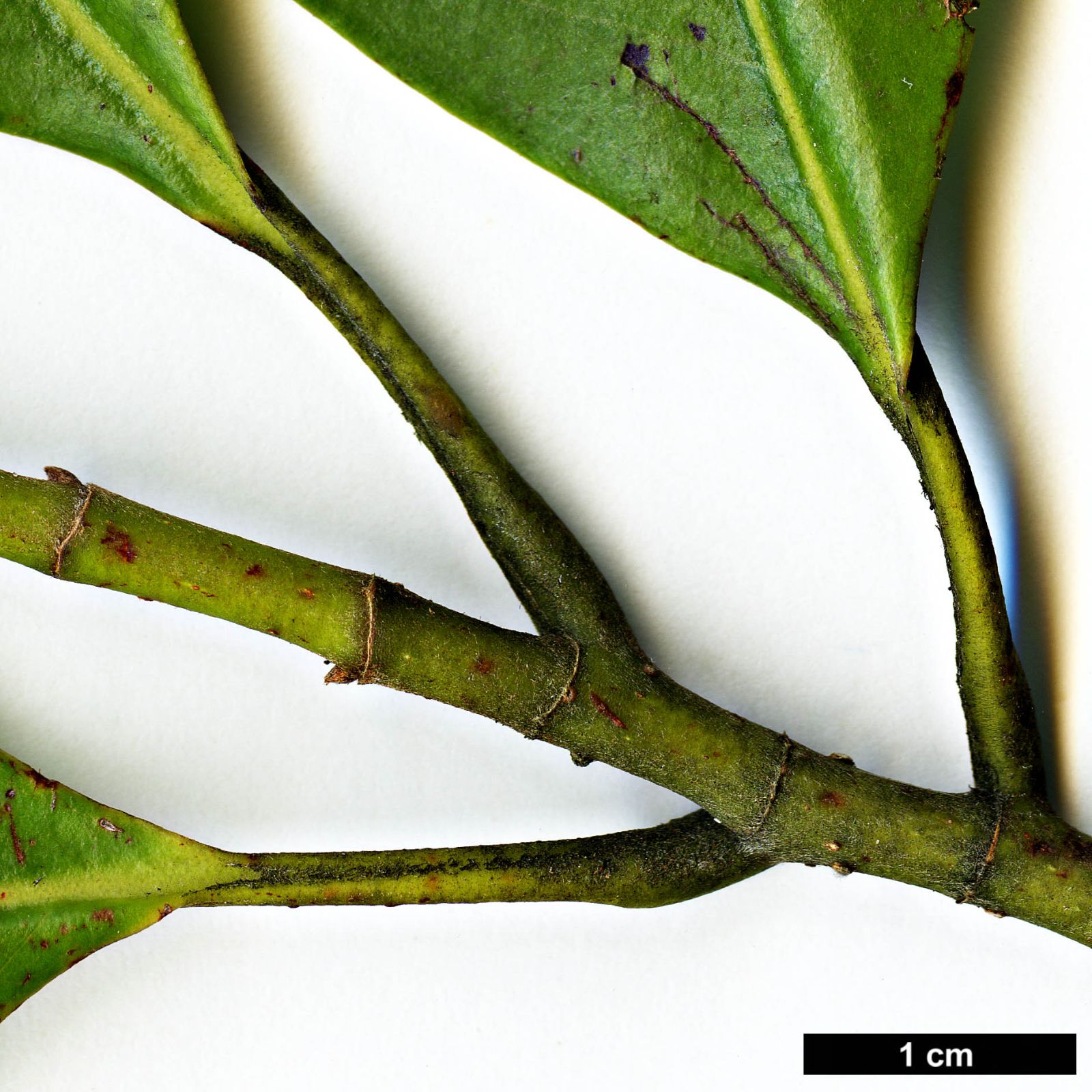Magnolia macclurei
Sponsor
Kindly sponsored by
The Roy Overland Charitable Trust

Credits
Julian Sutton (2022)
Recommended citation
Sutton, J. (2022), 'Magnolia macclurei' from the website Trees and Shrubs Online (treesandshrubsonline.
Genus
- Magnolia
- Section Michelia
Synonyms
- Michelia macclurei Dandy
Other taxa in genus
- Magnolia acuminata
- Magnolia × alba
- Magnolia amabilis
- Magnolia amoena
- Magnolia aromatica
- Magnolia biondii
- Magnolia × brooklynensis
- Magnolia campbellii
- Magnolia cathcartii
- Magnolia cavaleriei
- Magnolia caveana
- Magnolia champaca
- Magnolia changhungtana
- Magnolia chapensis
- Magnolia compressa
- Magnolia conifera
- Magnolia Cultivars A
- Magnolia Cultivars B
- Magnolia Cultivars C
- Magnolia Cultivars D
- Magnolia Cultivars E
- Magnolia Cultivars F
- Magnolia Cultivars G
- Magnolia Cultivars H–I
- Magnolia Cultivars J
- Magnolia Cultivars K
- Magnolia Cultivars L
- Magnolia Cultivars M
- Magnolia Cultivars N–O
- Magnolia Cultivars P
- Magnolia Cultivars Q–R
- Magnolia Cultivars S
- Magnolia Cultivars T
- Magnolia Cultivars U–V
- Magnolia Cultivars W–Z
- Magnolia cylindrica
- Magnolia dandyi
- Magnolia dawsoniana
- Magnolia de Vos and Kosar hybrids
- Magnolia decidua
- Magnolia delavayi
- Magnolia denudata
- Magnolia doltsopa
- Magnolia duclouxii
- Magnolia ernestii
- Magnolia figo
- Magnolia floribunda
- Magnolia × foggii
- Magnolia fordiana
- Magnolia foveolata
- Magnolia fraseri
- Magnolia fulva
- Magnolia globosa
- Magnolia × gotoburgensis
- Magnolia grandiflora
- Magnolia grandis
- Magnolia Gresham hybrids
- Magnolia guangdongensis
- Magnolia hookeri
- Magnolia insignis
- Magnolia Jury hybrids
- Magnolia × kewensis
- Magnolia kobus
- Magnolia kwangtungensis
- Magnolia laevifolia
- Magnolia lanuginosa
- Magnolia leveilleana
- Magnolia liliiflora
- Magnolia × loebneri
- Magnolia lotungensis
- Magnolia macrophylla
- Magnolia martini
- Magnolia maudiae
- Magnolia nitida
- Magnolia obovata
- Magnolia officinalis
- Magnolia opipara
- Magnolia × proctoriana
- Magnolia × pruhoniciana
- Magnolia rostrata
- Magnolia salicifolia
- Magnolia sapaensis
- Magnolia sargentiana
- Magnolia sieboldii
- Magnolia sinensis
- Magnolia sinica
- Magnolia sinostellata
- Magnolia × soulangeana
- Magnolia sprengeri
- Magnolia stellata
- Magnolia tamaulipana
- Magnolia × thomsoniana
- Magnolia tripetala
- Magnolia × veitchii
- Magnolia virginiana
- Magnolia × wieseneri
- Magnolia wilsonii
- Magnolia xinganensis
- Magnolia yunnanensis
- Magnolia yuyuanensis
- Magnolia zenii
Tree to 30 m, 1 m dbh. Bark smooth and grey-white. Branchlets yellowish or purplish brown with a dense covering of short brown, rufous or clear hairs. Leaves evergreen, leathery; leaf blade 7–18 × 5–7 cm, obovate to elliptic or rhomboid, upper surface dark green with silky hairs at first, lower surface covered with rufous or yellowish hairs, 10–15 secondary veins on each side of the midrib, margins entire, base cuneate, apex acute to short-acuminate; petiole 1.5–4 cm long; stipules with a dense covering of short brown, rufous or clear hairs, free from the petiole. Flowers solitary or in groups of two to three, on axillary shoots, white and very fragrant, brachyblast 1–1.3 cm long with scars from three bracts; tepals 9–12, the outer three narrowly obovate to spathulate, 3.5–4.5 cm long, the inner tepals smaller than the outer ones; stamens purple; gynoecium stipitate with ~28 carpels. Fruits 3–7 cm long and cylindrical; ripe carpels ellipsoid or subglobose, dull brown and sometimes lenticellate, 1.5–2.3 cm long. Flowering February to April, fruiting September to November (China). (Xia, Liu & Nooteboom 2008; Chen & Nooteboom 1993; Liu et al. 2004).
Distribution China Guangdong, N Guangxi, Hainan, SE Yunnan Vietnam North
Habitat Evergreen broadleaved forests, 200–1500 m.
USDA Hardiness Zone 9-10
RHS Hardiness Rating H3
Conservation status Least concern (LC)
Taxonomic note 1. Liu et al. (2004) recognized the invalidly published Michelia ovatifolia (Y.R. Law & R.Z. Zhou), which Flora of China (Xia, Liu & Nooteboom 2008) places here. 2. The species is closely related to M. mediocris (Dandy) Figlar (which has thinner, narrower (3–5 cm) leaves) and has been included within it by some.
This tender species from regions with a hot summer is quite typical of Section Michelia in forming a large, evergreen forest tree with fragrant white flowers in the axils of leaves, high in the canopy. Its fragrance is the major attraction. Figlar (2001) records how ‘when Floyd McClure discovered this species on a mountainside in Guangdong Province (near Canton or Guangzhou) in 1925, he remarked in his notebook ‘The fragrance of the flowers is the most intoxicating I ever breathed.’ A timber tree, it is also grown as an ornamental in southern China (Chen & Nooteboom 1993; Xia, Liu & Nooteboom 2008).
Now well established and flowering in Florida gardens, where it is available in the nursery trade, it is still highly experimental in our area as a borderline-hardy tree. It has flowered at a relatively small 2.5 m in Portland, Oregon (S. Hogan, pers. comm. 2007). Nurseryman Kevin Hughes introduced plants to Britain from American cultivation; in Wiltshire his plants were repeatedly defoliated at –4 °C, though they recovered as the weather warmed up. Tom Hudson cautions that it there has been confusion with hybrids in the trade (pers. comm. 2022).
Established and flowering outside our area in the warm-summer climate of South Carolina, Magnolia macclurei survived two consecutive winters with temperatures down to –11 °C at Magnolian Grove Arboretum (R. Figlar, pers. comm. 2007). In Cornwall, with its mild winters and cool summers, a young plant is growing outside at Tregrehan (T. Hudson pers. comm. 2022).
Liu et al. (2004) recognise M. macclurei var. sublanea Dandy, a minor variant with slightly larger flowers and densely tomentose branchlets, petioles, stipules and bracts. In Western cultivation it is at an early, experimental stage, but might prove hardier than the type (Botanic Treasures 2021).

